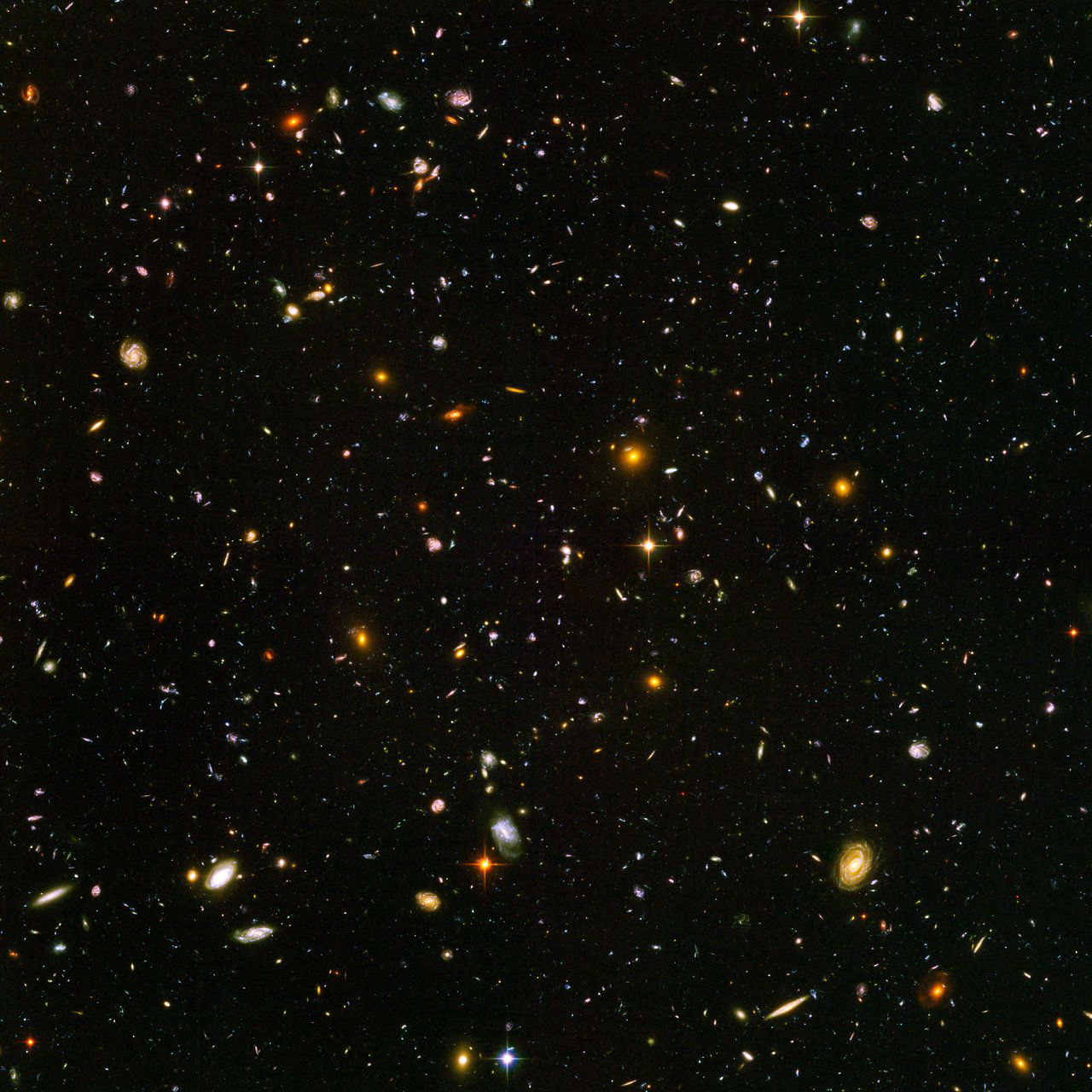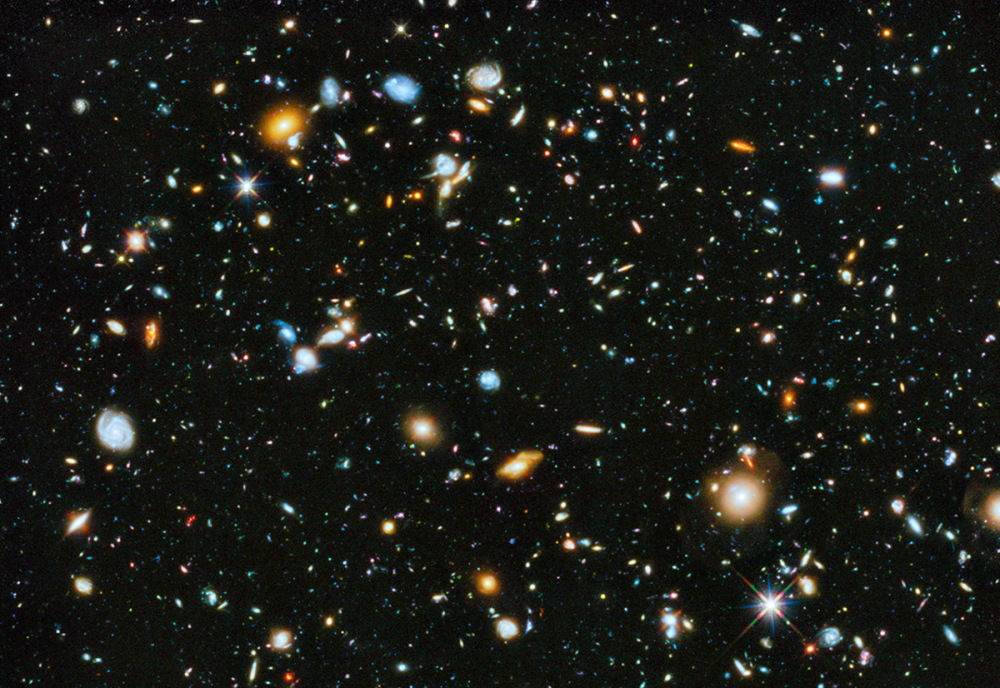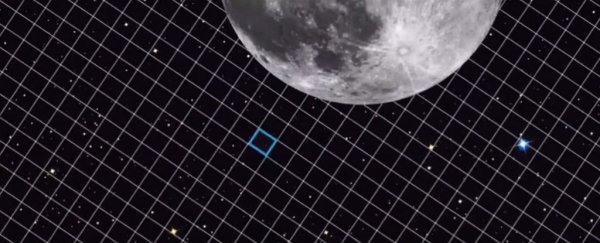Of the thousands of photos taken by the Hubble Space Telescope, one stands out as the shot that changed astronomy forever. Called the 1995 Hubble Deep Field, it captures thousands of galaxies in a single shot, and was the first photo of its kind ever taken.
But if all those dots represent entire galaxies - and the Milky Way alone is a whopping 100,000 light-years across - how gigantic must a photo be to fit thousands of them in?
Well, it depends on how you define gigantic.
If you're comparing it to a selfie, it's pretty freaking huge. But if you're comparing it to the Universe itself, even a cluster of thousands of galaxies - each hundreds of thousands of light-years across - is minuscule.
More than a decade ago, astronomers at NASA made the incredibly controversial decision to point the Hubble Space Telescope at nothing in particular for a while.
Fortunately, that expensive gamble paid off, and we now have an entire series of Deep Field photos showing so many galaxies in the one shot, they look like stars.
Each of these Deep Field photos were taken over a period of 10 days, and had exposure times of more than 100 hours.
And because these galaxies are so far away from us, the fact that we've had to wait literally billions of years for their light to get here means they give us a glimpse of what the galaxies looked like way back in the Universe's history.
This particular shot, called the Hubble Ultra Deep Field, is a view of nearly 10,000 galaxies:
 NASA, ESA, and S. Beckwith (STScI) and the HUDF Team
NASA, ESA, and S. Beckwith (STScI) and the HUDF Team
As NASA explains, the smallest, reddest galaxies in the shot could be among the most distant known to science, and are thought to have existed when the Universe was just 800 million years old.
The larger, brighter, more well-defined spirals and ellipticals are thought to be the nearest galaxies to us, and likely thrived about 1 billion years ago, when the Universe was 13 billion years old.
"The image required 800 exposures taken over the course of 400 Hubble orbits around Earth," says NASA. "The total amount of exposure time was 11.3 days, taken between 24 September 2003 and 16 January 2004."
When you sit and look at it, remember that every single one of those galaxies could be just like our Milky Way. Which means every single one of those galaxies has the potential to harbour a Solar System just like ours, and a planet just like Earth.
And what you probably aren't aware of is how incredibly small its field of view is relative to the entire night sky.
 NASA
NASA
As Joe Tonelli explains for Digg, the field of view of the image above is just 4.6 square arcminutes (arcminutes are a measurement of angular size).
"With the entire sky coming in at 148,510,800 square arcminutes," says Tonelli, "that means the Hubble Deep Field photos make up about 0.000003 percent of the entire night sky! That is very small!"
If you want to want to see exactly how small that is, may I present, the latest gif on the internet to melt our brains:
The size of Hubble's Deep Field image in relation to the rest of the night sky
Guys, space is really big.
